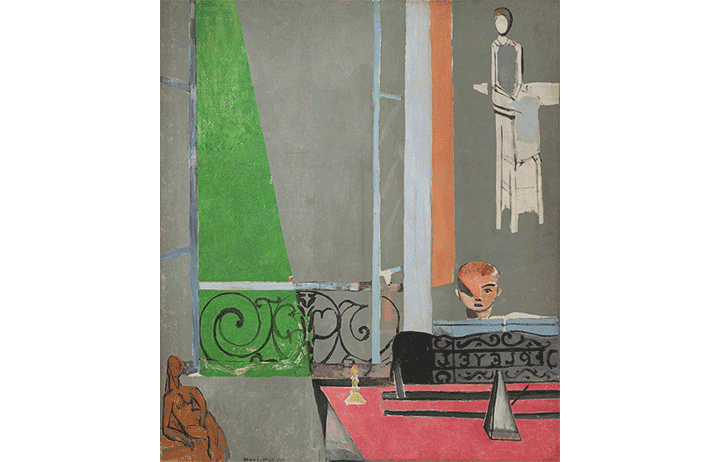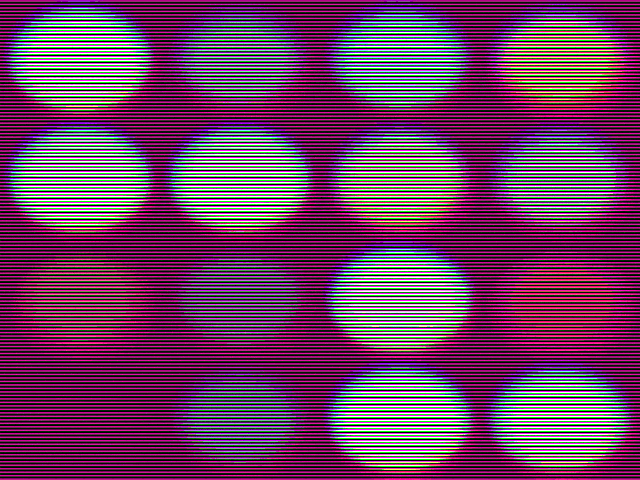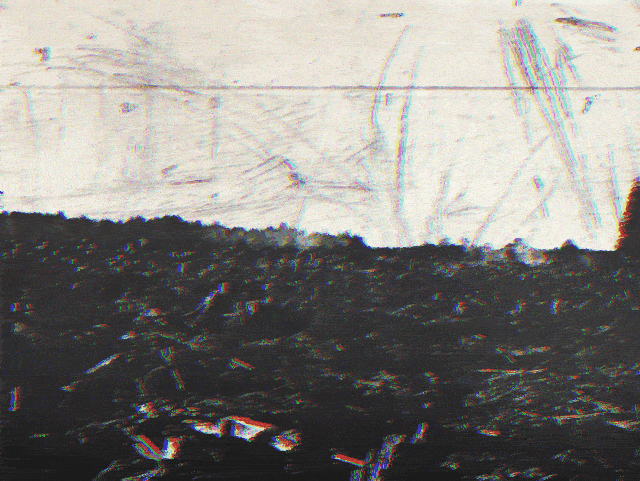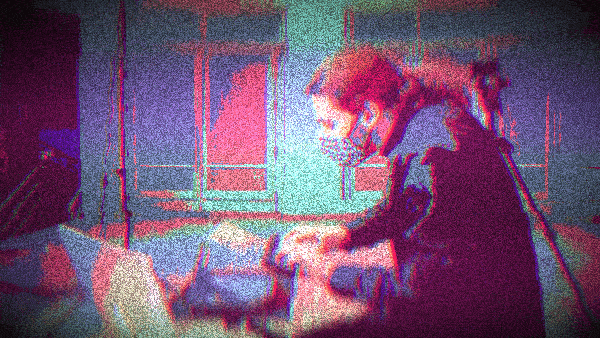My grandmother, Nana, passed away in New York in the winter of 2020. With the coronavirus still raging, none of my extended family was able to fly east to pack up her apartment. The task, instead, fell to my girlfriend, Amanda, who was living in the city at the time. Each day for two straight weeks my family gathered on Zoom, and, with superhuman patience, Amanda would carry “us” around the apartment on her phone, guiding us to paintings and carpets and bowls, then waiting while we debated who would get the wire elephant and if it was really fair for one person to inherit all the throw pillows. I did take a few things—a poster that hangs above me as I write this, a mirror still boxed away in the corner—but I found the whole process uncomfortable, and mostly kept quiet in my small Zoom cubicle.
Near the end of the two weeks, I received a voice memo from Amanda. Taking a breather from labeling and boxing and cacophonous video calls, she sat down at my grandmother’s piano and recorded one of the last scores that hadn’t been packed away: “To a Wild Rose,” the opening movement of Edward MacDowell’s suite of ten piano miniatures, Woodland Sketches, Op. 51. “To a Wild Rose” is a gentle and unassuming parlor piece—a simple melody and accompaniment—yet, as I listened to the memo, the music carried startling gravitas. It seemed to me that the music served as the parting statement of an apartment where my grandparents had spent so much of their lives, the last expression of a place that was central to my notion of family. This essential place was now disappearing, item by item. Soon, it would be a collection of empty rooms, waiting to be sold to the next inhabitants, but Amanda’s recording of “To a Wild Rose” allowed me to play and replay its “voice”—and, by extension, to return to some of the happiest memories of my time with Nana—as often as I needed.
Lucky explores the ways in which “To a Wild Rose” has helped me process Nana’s death—how it has served as an expression of my grief and a gateway to my memories, as well as a shaper of both. Lucky is dedicated to Nana.



